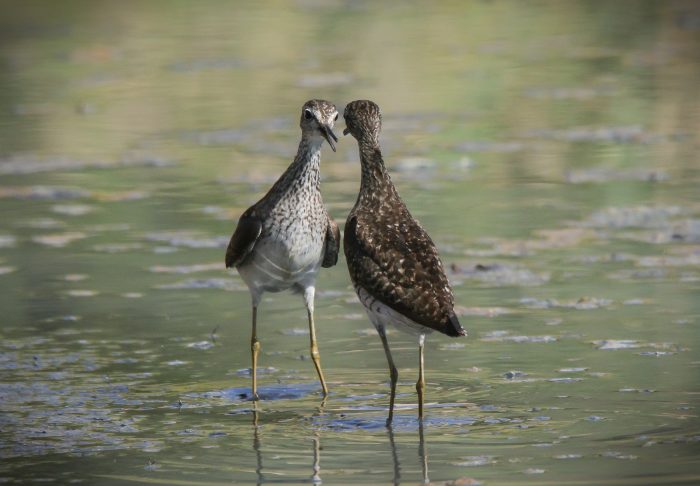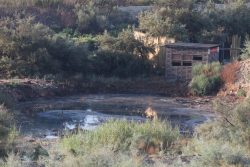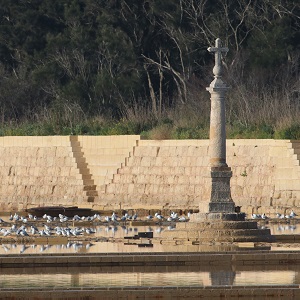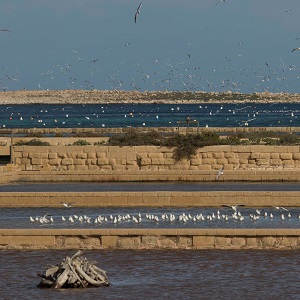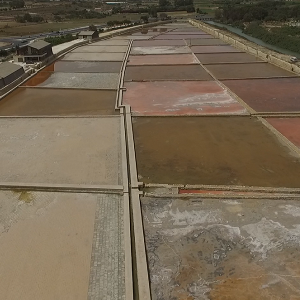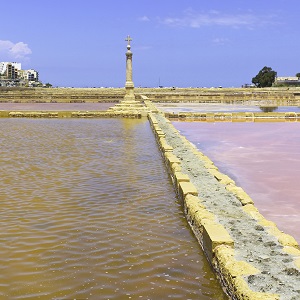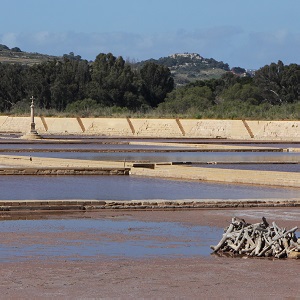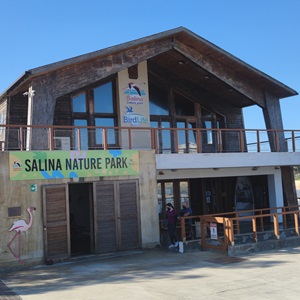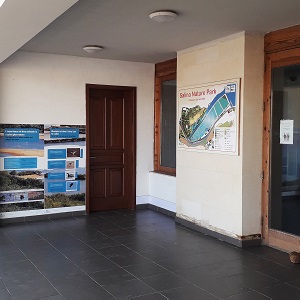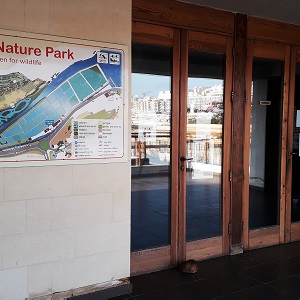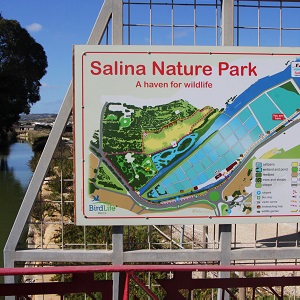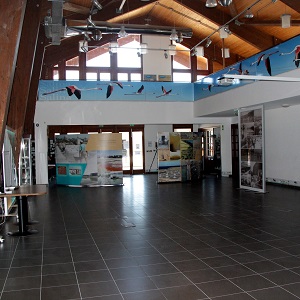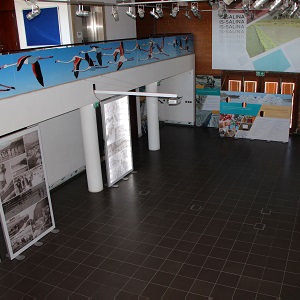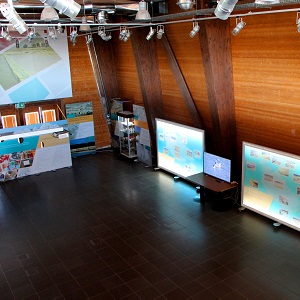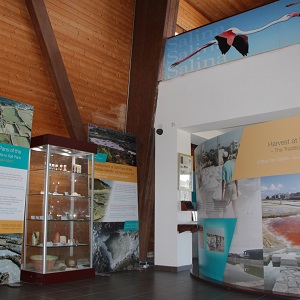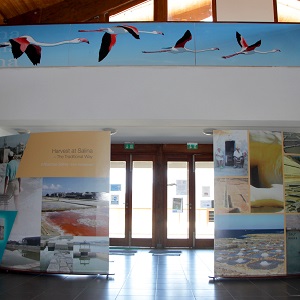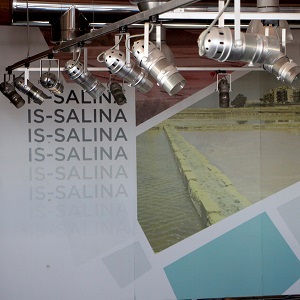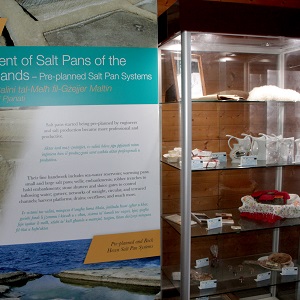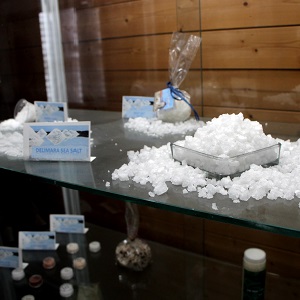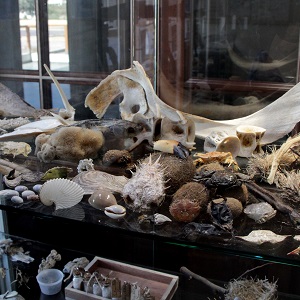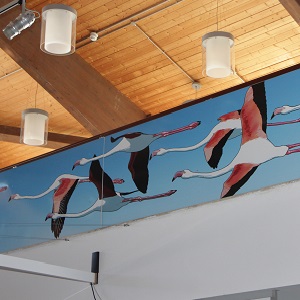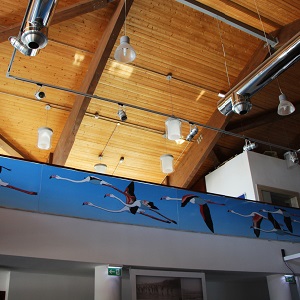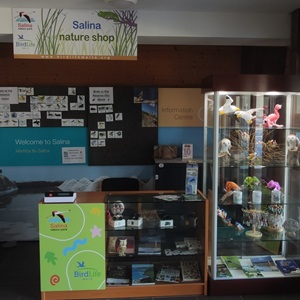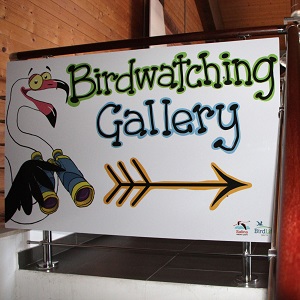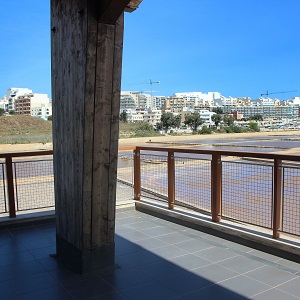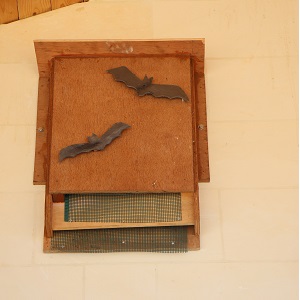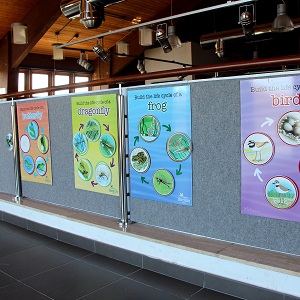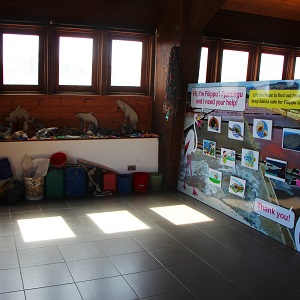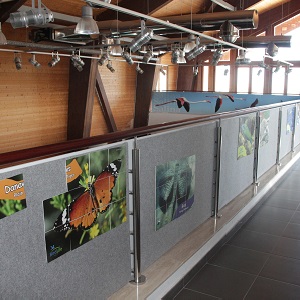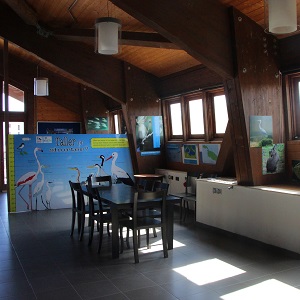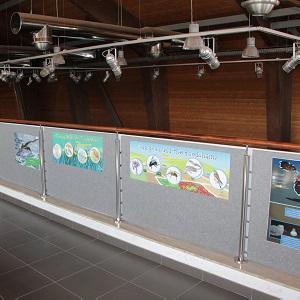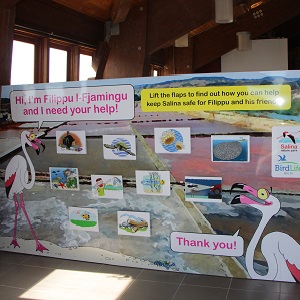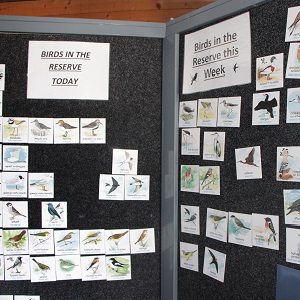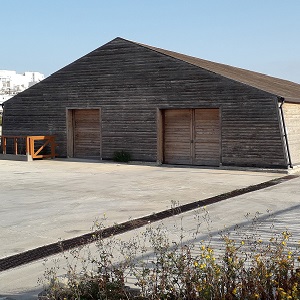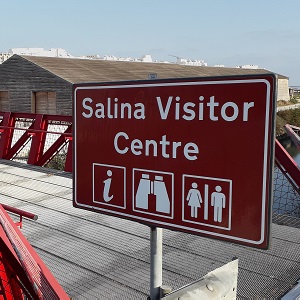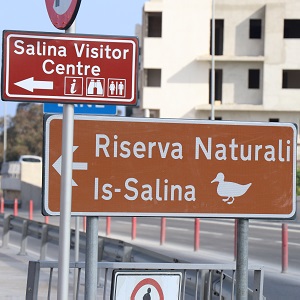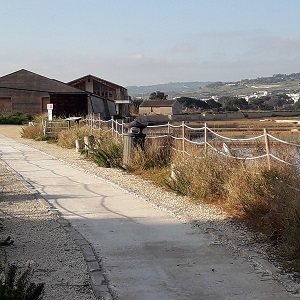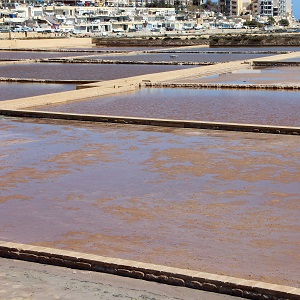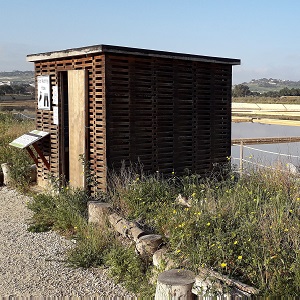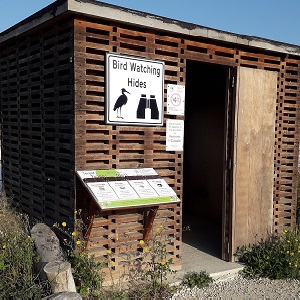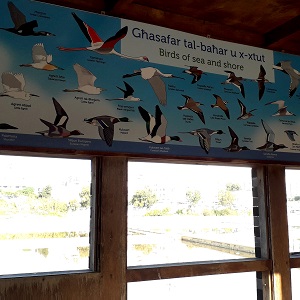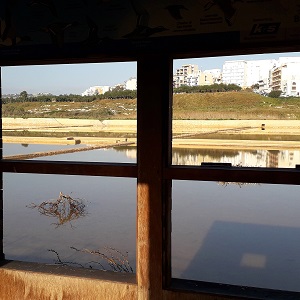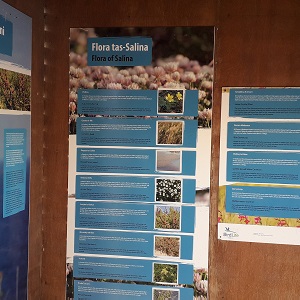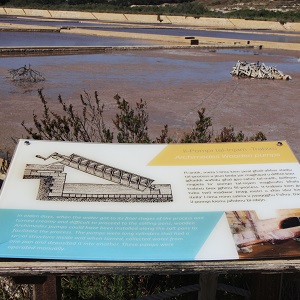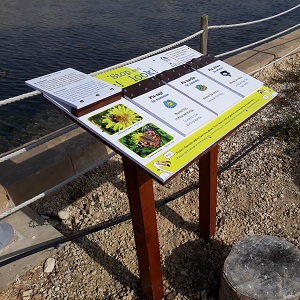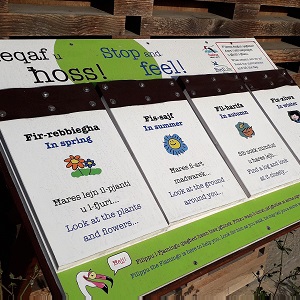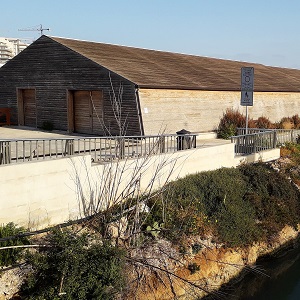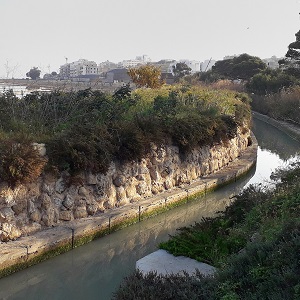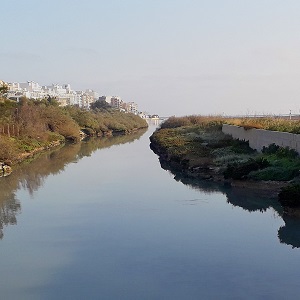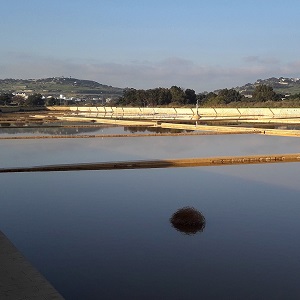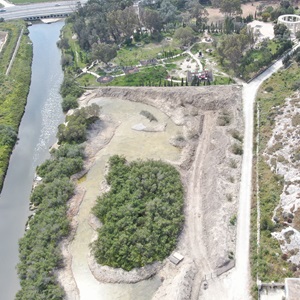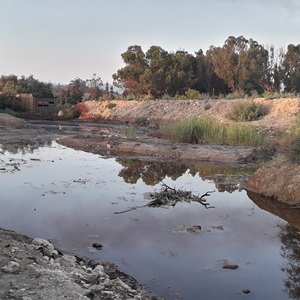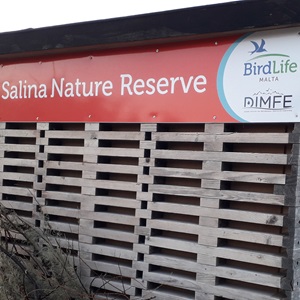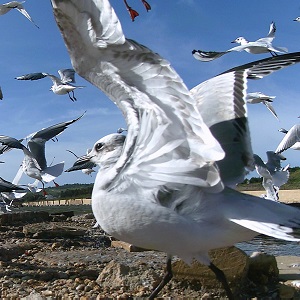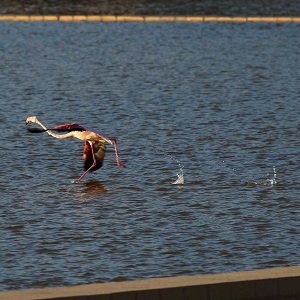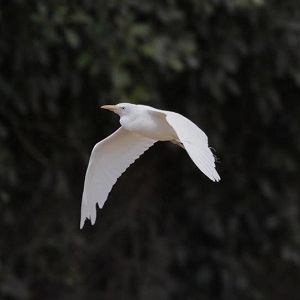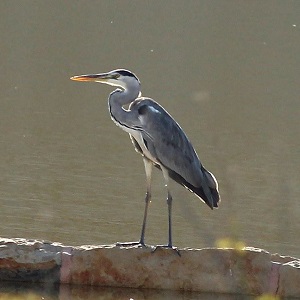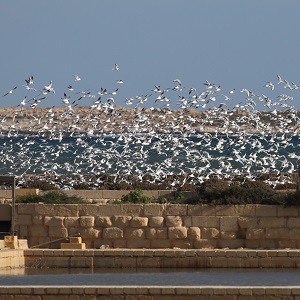Salina Nature Reserve lies in the Burmarrad valley mouth (limits of St Paul’s Bay in the north of Malta). Originally a harbour, the Salina site consists of 154,000 square metres of saline marshland and a number of salt pans built on a reclaimed island of clay surrounded by garrigue.
The site has recently been rehabilitated through a €7 million project partially financed with EU funds under the Agricultural Fund for Rural Development 2007-2013. The site’s potential to attract a number of species has been proven repeatedly by birds alighting in the salt pans to rest during migration, among which the most spectacular; the flamingo – a bird synonymous with salt pans, especially in the Mediterranean. Salina is a protected area forming part of the Natura 2000 network and also a Special Area of Conservation (SAC) because of the endemic flora and fauna which can be found in the area.
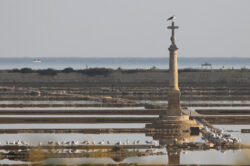
History
The Salina saltpans were constructed by the Knights of St John in the 16th century. The complex is home to three timber huts which were reconstructed on the same style of the original ones built by the British in the 18th century for salt production, one of which serves as the visitors’ centre. It also includes the Ximenes Redoubt which was originally developed in 1715/16 during the reign of Grand Master Perellos as part of the Knights’ strategy of defending the Maltese Islands against invasion with a network of coastal fortifications. During the course of the 18th century, the redoubt was partially converted into a salt magazine. Grand Master Ximenes added a second warehouse to the complex to increase its storage capacity.
Click here to watch a video production about the Salina Rehabilitation Project.
Click here for more historical information about Salina saltpans.
What To Spot
The saltpans at Salina regularly attract a number of species of gull – sometimes as much as 2,000 in a day! This includes species such as Black-headed, Mediterranean, and Audouin’s.
Sandwich Terns can be seen almost every day and occasionally rarer species of tern such Gull-billed and Caspian.
During the winter period, Common Sandpipers can be observed at the reserve whilst migration brings herons, egrets and very rarely a Greater Flamingo!
New wetland area and birdwatching/photography hide
We have now opened the restored wetland area found on the Kennedy Grove side of Salina. You can book a slot at the new birdwatching hide in this area!
The video above sums up the Salina wetland restoration project that was completed in late autumn 2023. Thanks to the works, that started in late 2022, a piece of land that up to a few years ago was a dumping area for construction material, is now open to the general public and also to nature photographers to enjoy! The restoration efforts would not have been possible were it not for the financial backing of DIMFE (Donors Initiative for Mediterranean Freshwater Ecosystems) who immediately believed in our project and understood our vision. We would also like to thank for making this project possible Ambjent Malta, the Environment & Resources Authority (ERA) and the Environment Ministry. You can also click here to watch the video in Maltese.
Salina Salt Museum
In July 2024, through a collaboration between the Environment and Resources Authority (ERA), Ambjent Malta, the Superintendence of Cultural Heritage and BirdLife Malta with the financial support of the Gal Majjistral Foundation, Malta’s first salt museum opened at Salina, marking the history of salt production and representing the commitment to preserving Malta’s culture, history, and natural beauty. €100,000 were invested in this project thanks to funds from the Gal Majjistral Foundation under the LEADER program. It continues to transform Salina Nature Reserve into a unique site in the Maltese Islands that offers visitors a blend of culture, history, and environmental biodiversity coexisting in harmony. The site’s main aim is to keep alive the tradition and culture related to salt production and harvesting in the Maltese Islands.
The Salina Salt Museum is now open for visits by the general public. Tickets can be purchased on the day at the Salina Visitor Centre, and a staff member will be on site within the Salt Museum to answer any queries and assist visitors.
Opening hours:
Summer (up to 15th September): Wednesdays 8am–12pm
Winter (from 16th September onwards): Wednesdays 8am–3pm
Entrance fees:
• Adult: €3
• Child (6–14 years): €2 (under 6 years free)
• Family (2 adults + up to 2 children): €6
You can watch a video of the official opening of the museum and the first ever Festa Melħ | Salt Fest 2024 held to celebrate the inauguration here.
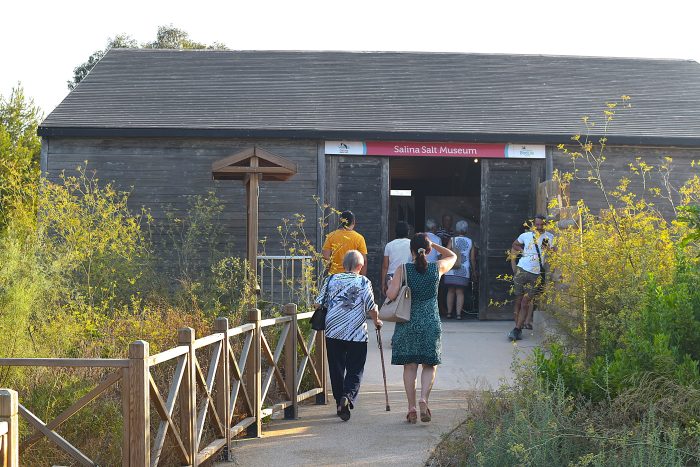
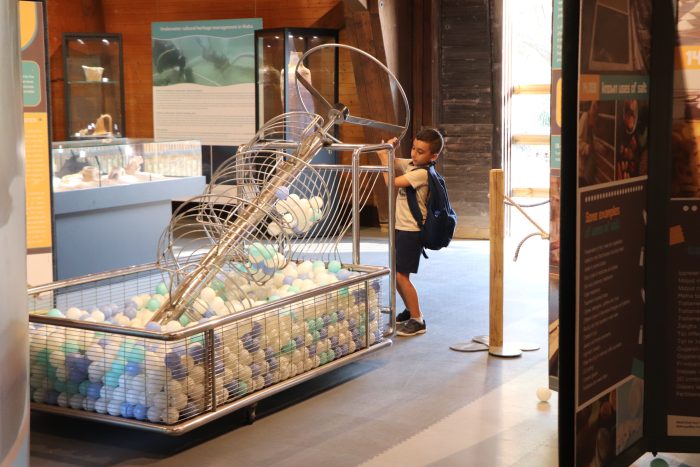
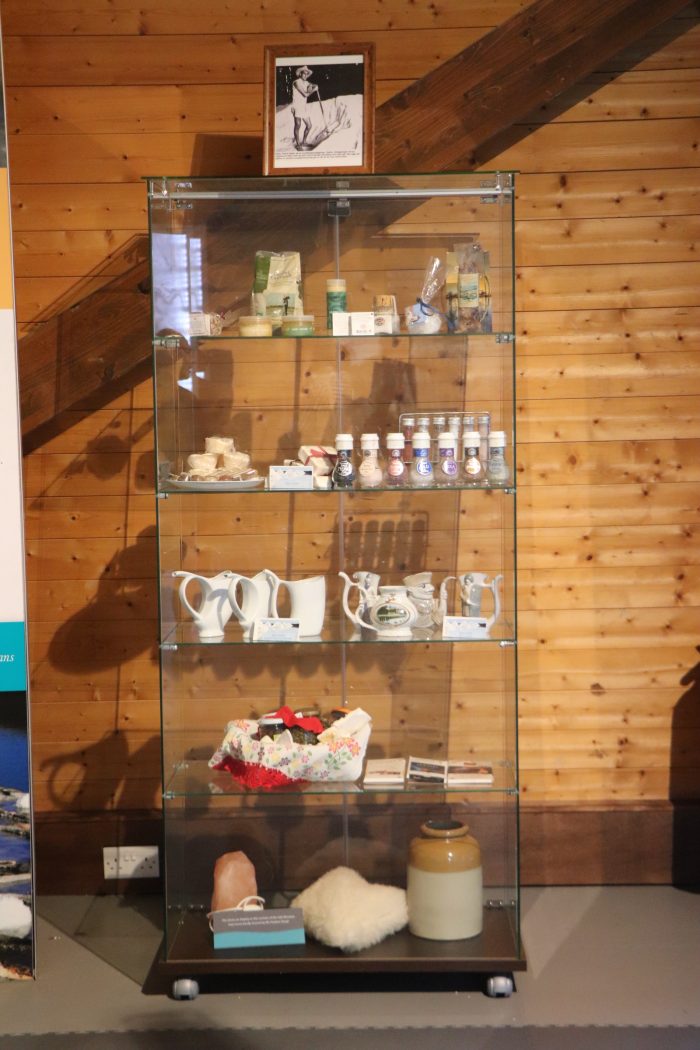
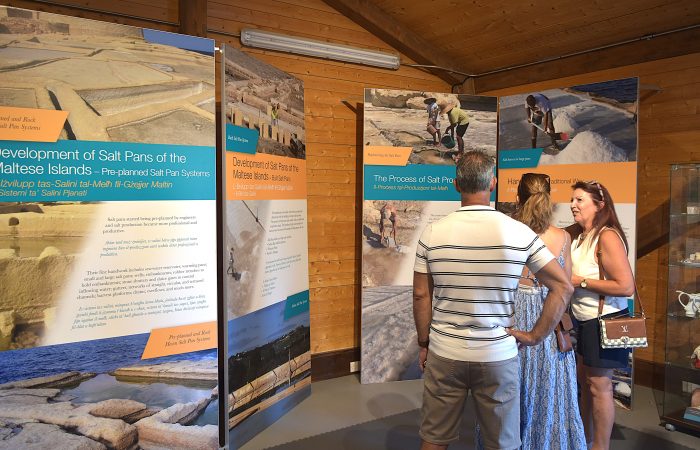
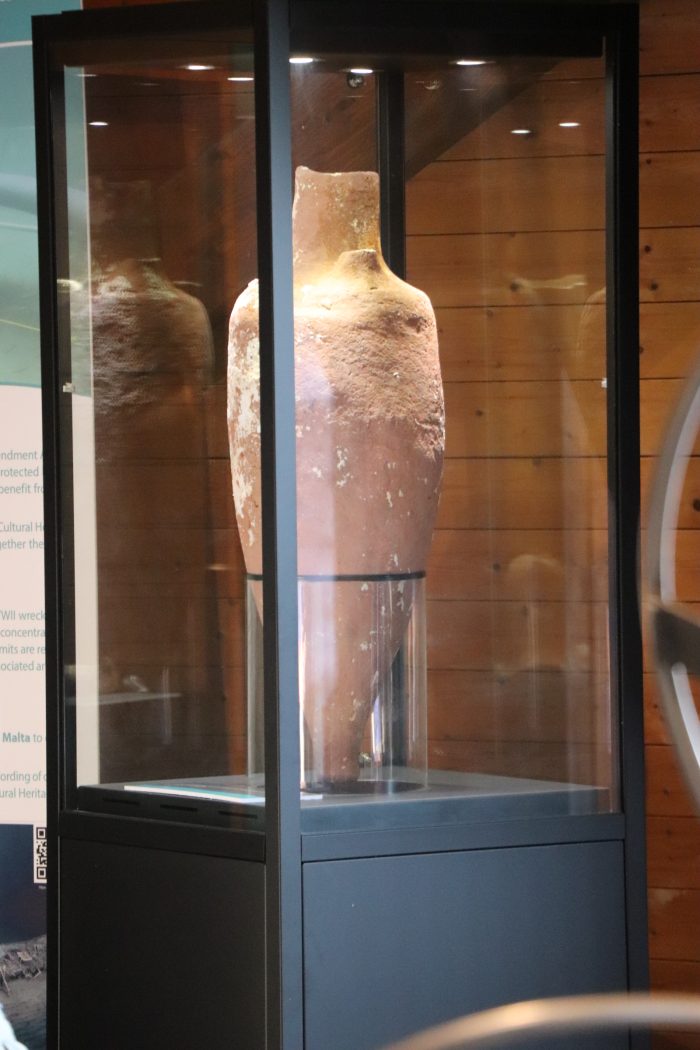
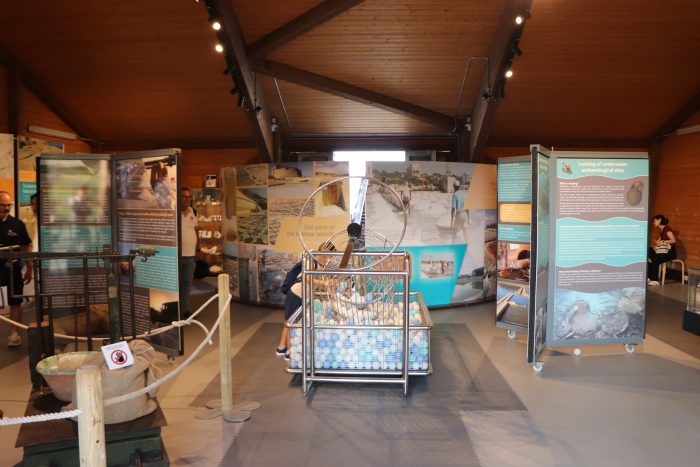
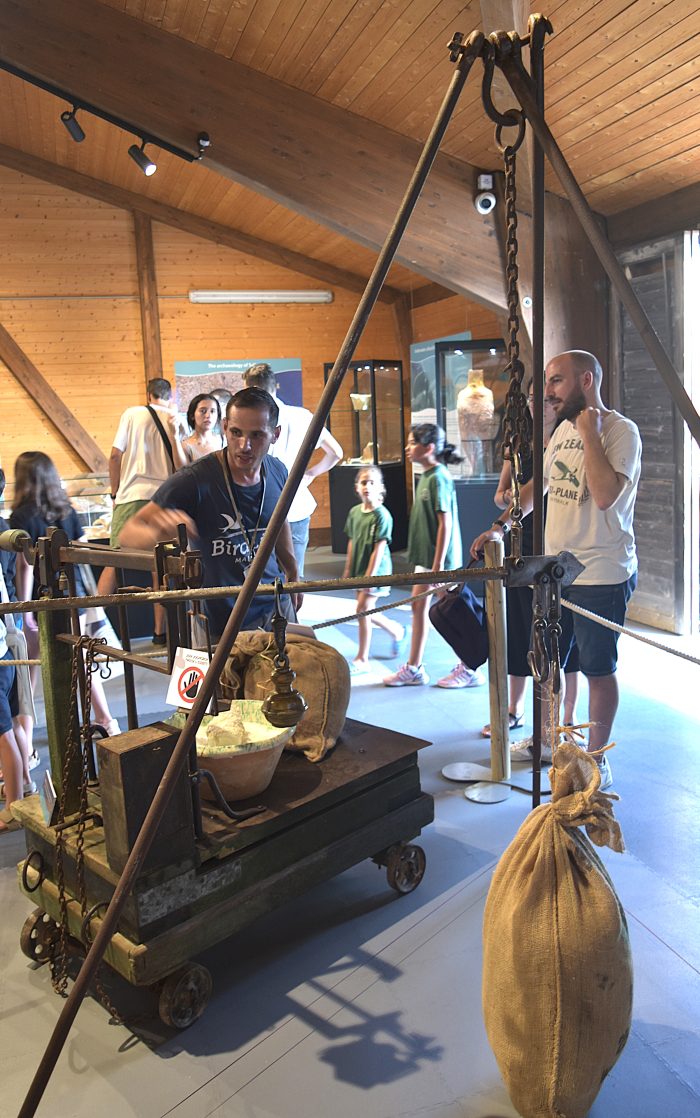
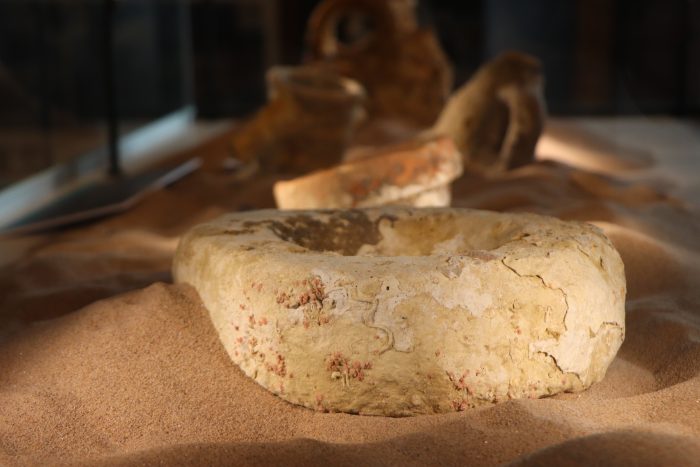
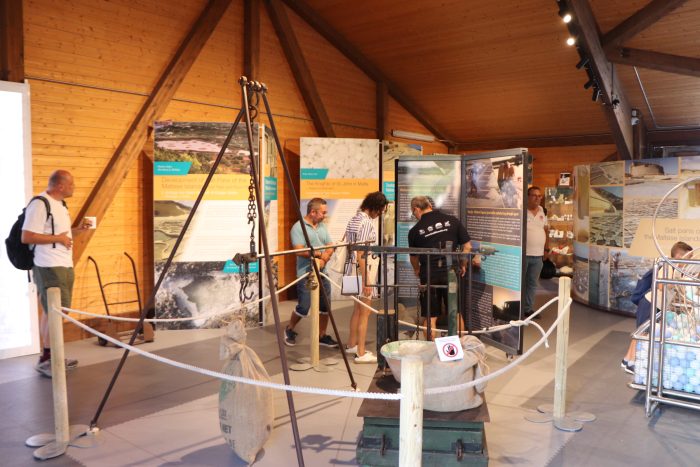
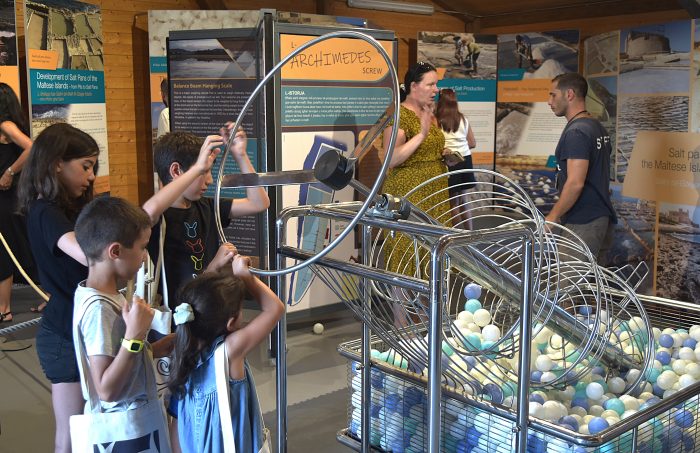
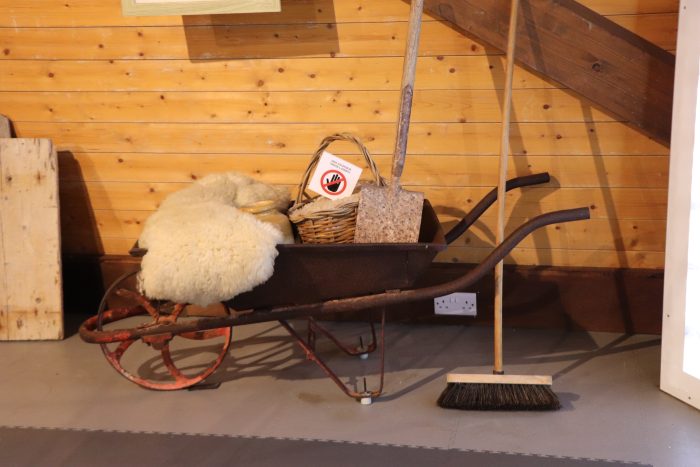
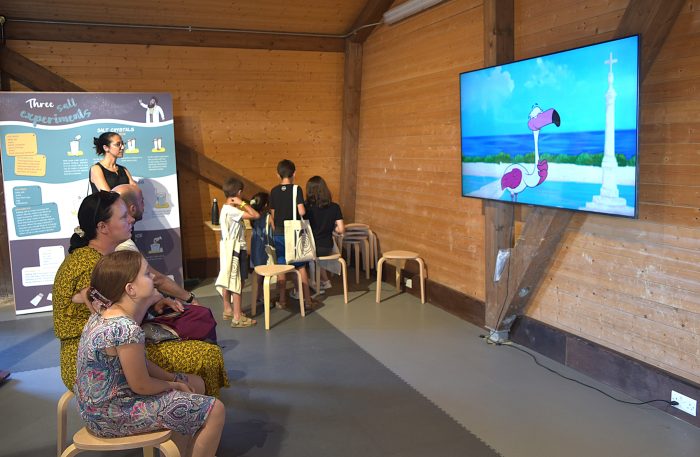
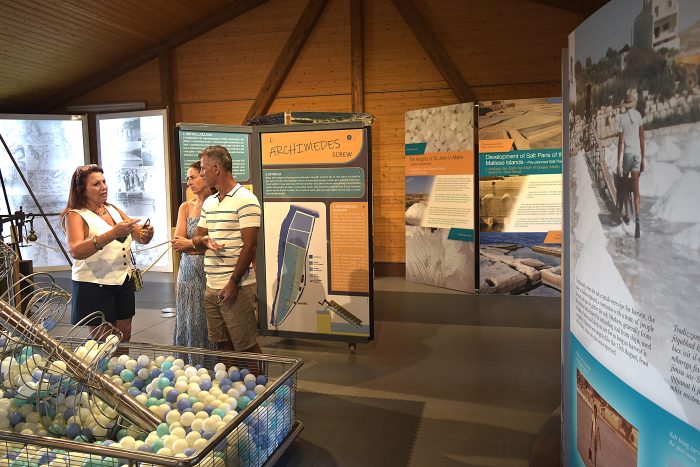
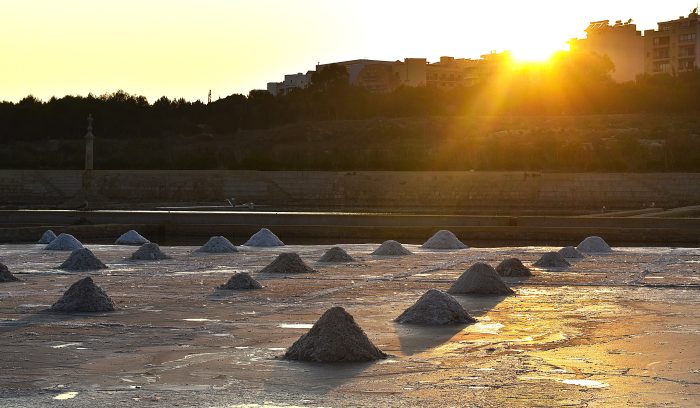
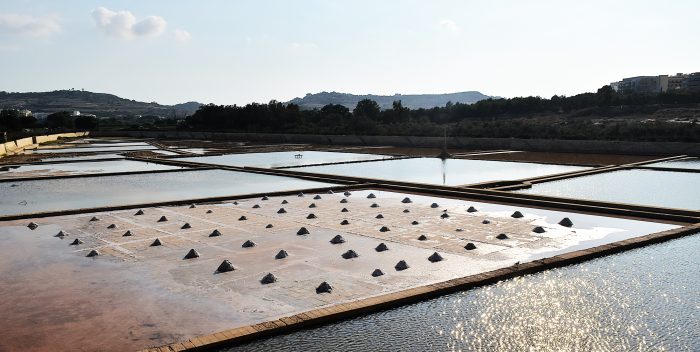
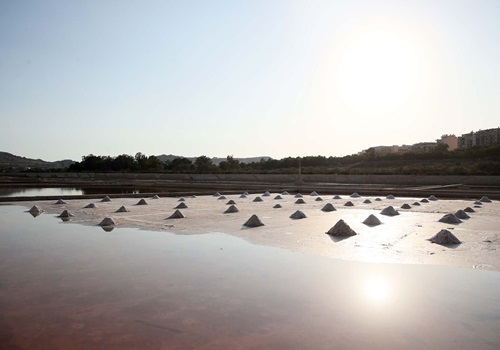
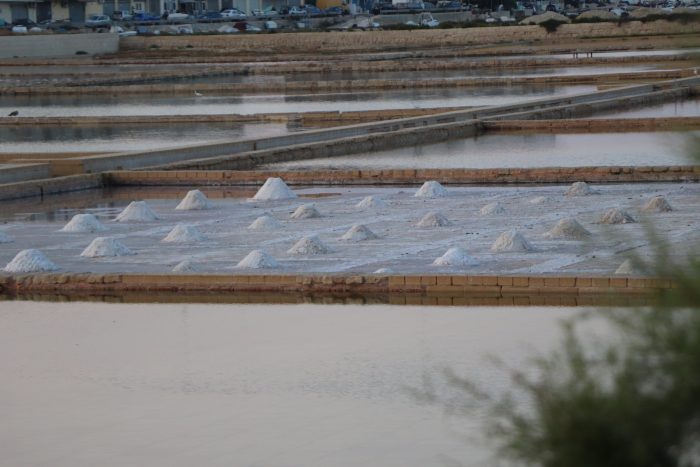
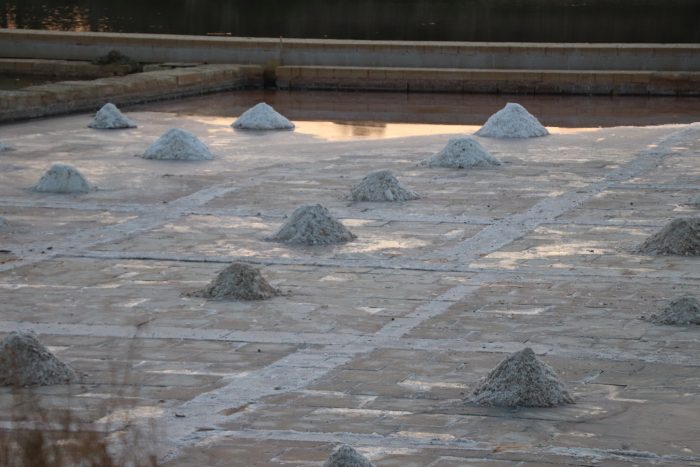
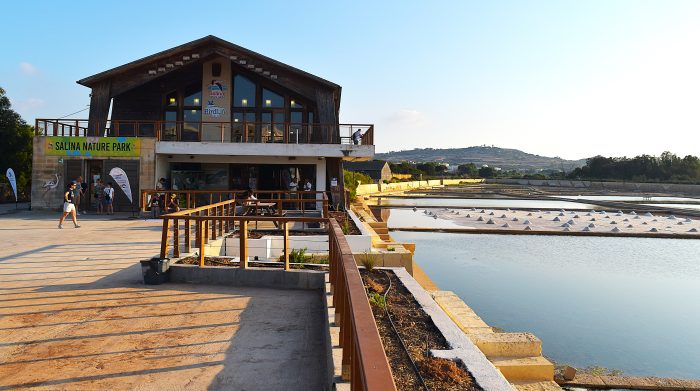
Opening Hours and Getting There
 Salina is open for visits on all days. Visitors may walk through the reserve freely from Mon to Sun, 7am-8pm (April to September) & 7am-6pm (October to March). Entrance to the reserve is free of charge but donations are welcome.
Salina is open for visits on all days. Visitors may walk through the reserve freely from Mon to Sun, 7am-8pm (April to September) & 7am-6pm (October to March). Entrance to the reserve is free of charge but donations are welcome.
Visitors who wish to learn more about the Park may visit when the Visitors’ Reception Centre is open, as per schedule below. Many educational and informative games are available for children. On most times, staff may be able to assist visitors and answer any questions.
Summer schedule (1st June-30th September)
Mon to Fri 8am-11am
Sat & Sun closed
Winter schedule (1st October-31st May)
Mon to Fri 8am-3pm
Sat & Sun closed
Christmas Day & New Year’s Day closed
Good Friday & Easter Sunday closed
Salina Nature Park
Salina Coast Road
Naxxar
NXR 9030
Contact No: 2750 4265
The reserve is located on the Coast Road, and parking is available.
Accessible from bus stops ‘Għasfur’ and ‘Salini’ on the routes 49, 212, 222, 225, N11, N212, X1 and X1B.


